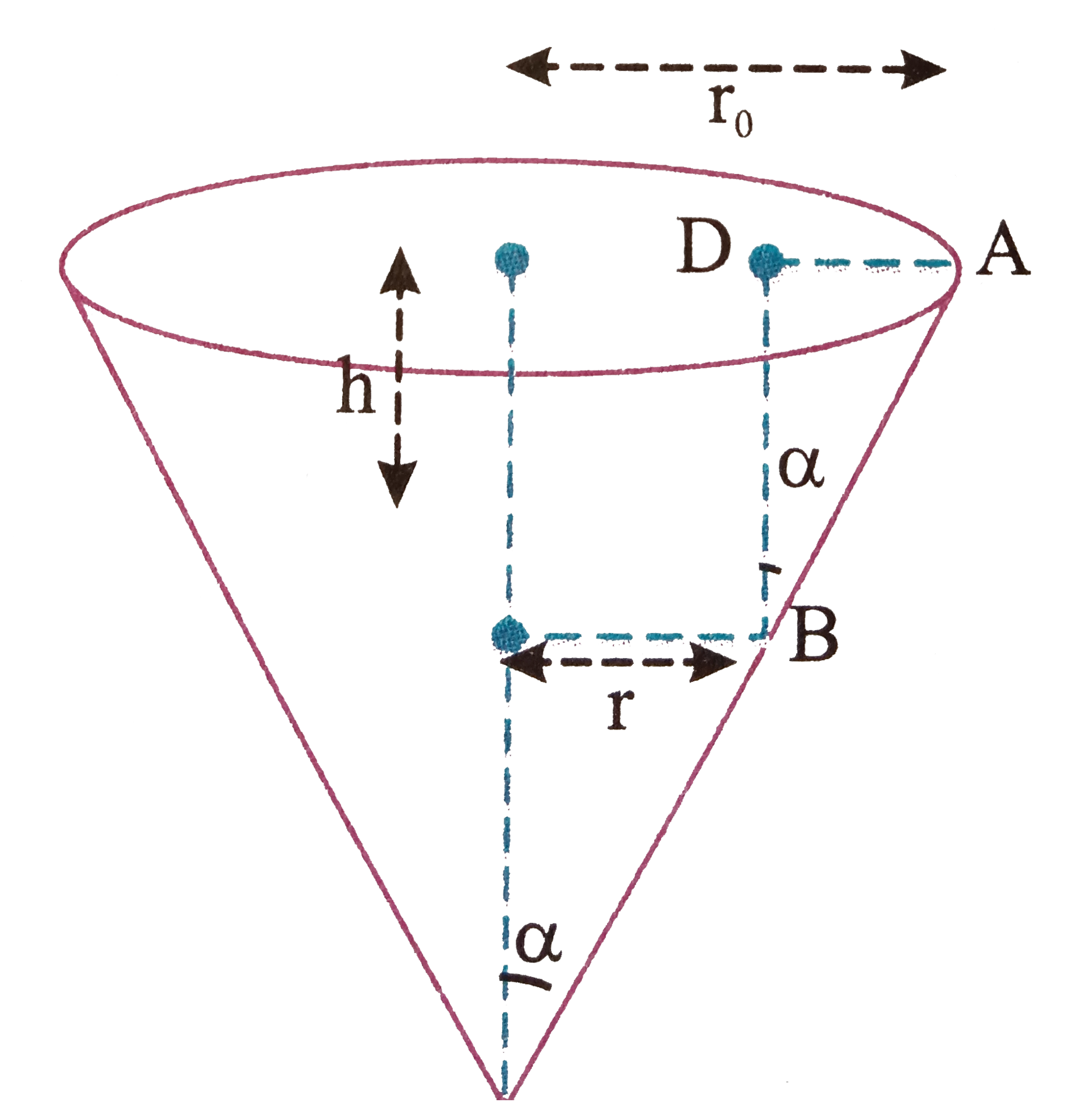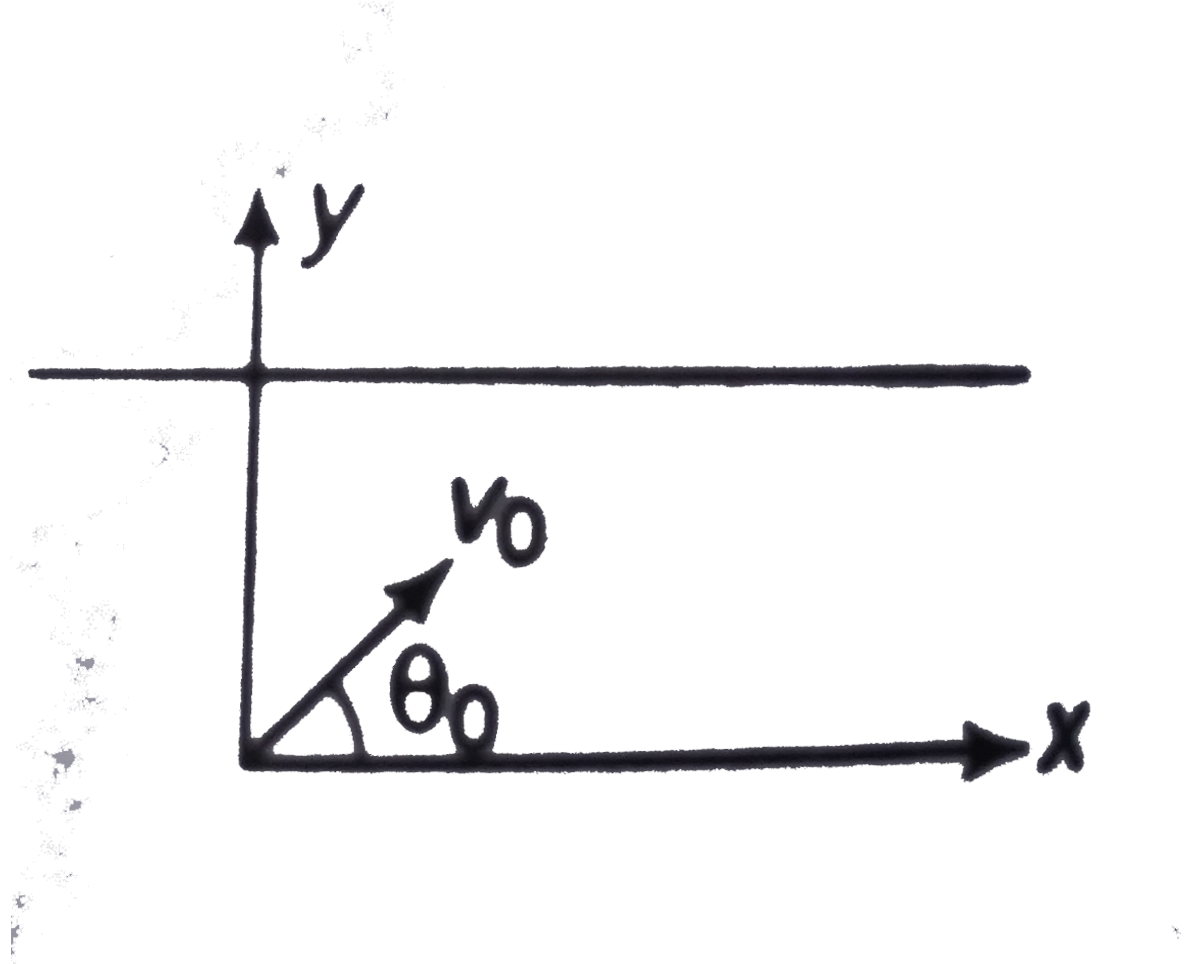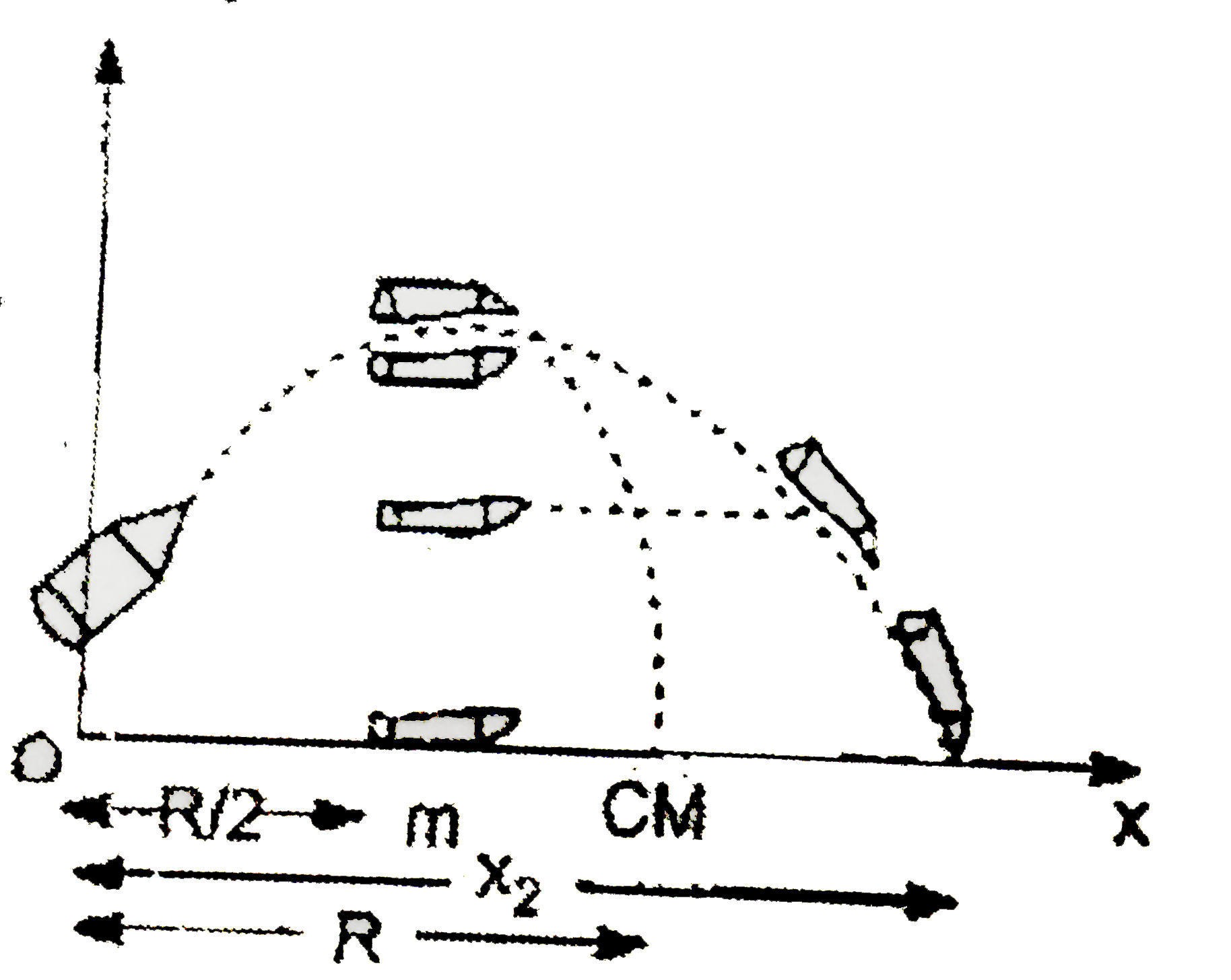A sky diver of mass m is making a delaged drop with an initial velocity v0=0. Find the law by which the sky diver's speed varies before the parachute is opened if the drag is proportional to the sky diver's speed. Also solve the problem when the sky diver's initial velocity has horizontal component v0 and vertical componment zero.
The correct Answer is:vT(1−e−ktlm;vhorizontal=v0e−ktlm,vvertical=vT(1−e−ktlm)
Step by step video, text & image solution for A sky diver of mass m is making a delaged drop with an initial velocity v_(0)=0. Find the law by which the sky diver's speed varies before the parachute is opened if the drag is proportional to the sky diver's speed. Also solve the problem when the sky diver's initial velocity has horizontal component v_(0) and vertical componment zero. by Physics experts to help you in doubts & scoring excellent marks in Class 12 exams.
Updated on:21/07/2023Topper's Solved these Questions
- MOTION IN A PLANEBOOK - AAKASH INSTITUTECHAPTER - MOTION IN A PLANEEXERCISE - Assignement section -H (Multiple True-False)
1 Video
- MOCK_TEST_17BOOK - AAKASH INSTITUTECHAPTER - MOCK_TEST_17EXERCISE - Example
15 Videos
- MOTION IN A STRAIGHT LINEBOOK - AAKASH INSTITUTECHAPTER - MOTION IN A STRAIGHT LINEEXERCISE - ASSIGNMENT (SECTION - D)
15 Videos
Similar Questions
A body of mass m is thrown straight up with velocity v0. Find the velocity v′ with which the body comes down if the air drag equals kv3, where k is a constant and v is the velocity of the body.
View SolutionA body of mass m is thrown straight up with velocity v0(v0<<ve) Find the velocity v with which the body comes down if the air drag equals kv2, where k is a positive constant and v is the velocity of the body.
View Solution
Knowledge Check
Two balls of mass M and 2M are thrown horizontally with the same initial velocity v0 from top of a tall tower and experience a drag force of −kv(k>0), where v is the instantaneous velocity. Then
 Athe heavier ball will hit the ground further away than the lighter ballBthe heavier ball will hit the ground closer than the lighter ballCboth balls will hit the ground at the same pointDboth balls will hit the ground at the same time
Athe heavier ball will hit the ground further away than the lighter ballBthe heavier ball will hit the ground closer than the lighter ballCboth balls will hit the ground at the same pointDboth balls will hit the ground at the same timeA body is projected horizontally with a speed v0 find the velocity of the body when it convers equal distance in horizontal and vertical directions.
Av=2v0Bv=√5v0Cv=v02Dv=√3v0A small particle of mass m is given an initial velocity v0 tangent to the horizontal rim of a smooth cone at a radius r0 from the vertical slides to point B, a vertical distance h below A and a distance r from the vertical centreline, its velocity v makes an angle θ with the horizontal tangent to the cone through B.
The minimum value of v0 for which particle will be moving in a horizontal circle of radius r0.
 A√2gr0tanαB√gr02tanαC√gr0tanαD√4gr0tanα
A√2gr0tanαB√gr02tanαC√gr0tanαD√4gr0tanα
A sky diver jumps out of a plane. After he reaches terminal velocity, he opens his parachute. Of the two forces - the air resistance and gravity acting on the sky diver after the parachute opens, which is greater.
View SolutionA projectile of mass m is fired into a liquid at an angle θ0 with an initial velocity v0 as shown. If the liquid develops a frictional or drag resistance on the projectile which is proportional to its velocity, i. e. F=−kv where k is a positive constant, determine the x and y components of its velocity at any instant. Also find the maximum distance xmax that it travels?

View SolutionA body of mass m = 4 kg starts moving with velocity v0 in a straight line is such a way that on the body is being doen at the rate which is proportional to the square of velocity as given by P=βv2 where β=0.6932. Find the time elapsed in seconds before velocity of body is doubled.
View SolutionA particle of mass m and charge q is thrown with initial velocity v0 at an angle with the horizontal. In space there exist an electric field of strength E at angle β with the downward vertical away from the point of projection. Find the time of flight and range of projectile on horizontal ground
View SolutionA projectile of mass mis fired with an initial velocity v0 at an angle 0 to the horizontal. At its highest point, it explodes into two fragments of equal mass. One of the fragments falls vertically with zero initial speed. Since the only external force acting on the system is gravitational, the motion of centre of mass of the_ system (the fragments) follows the same parabolic path as the projectile would have followed if there had been no explosion. Force of explosion is internal, it cannot change the trajectory of the system.

View Solution
